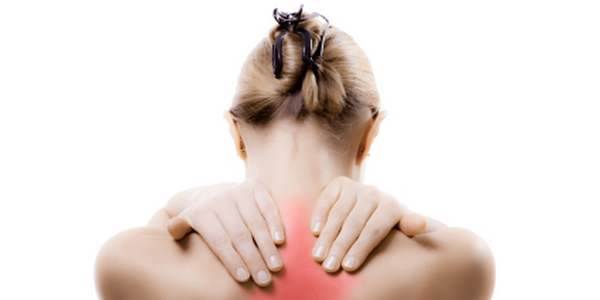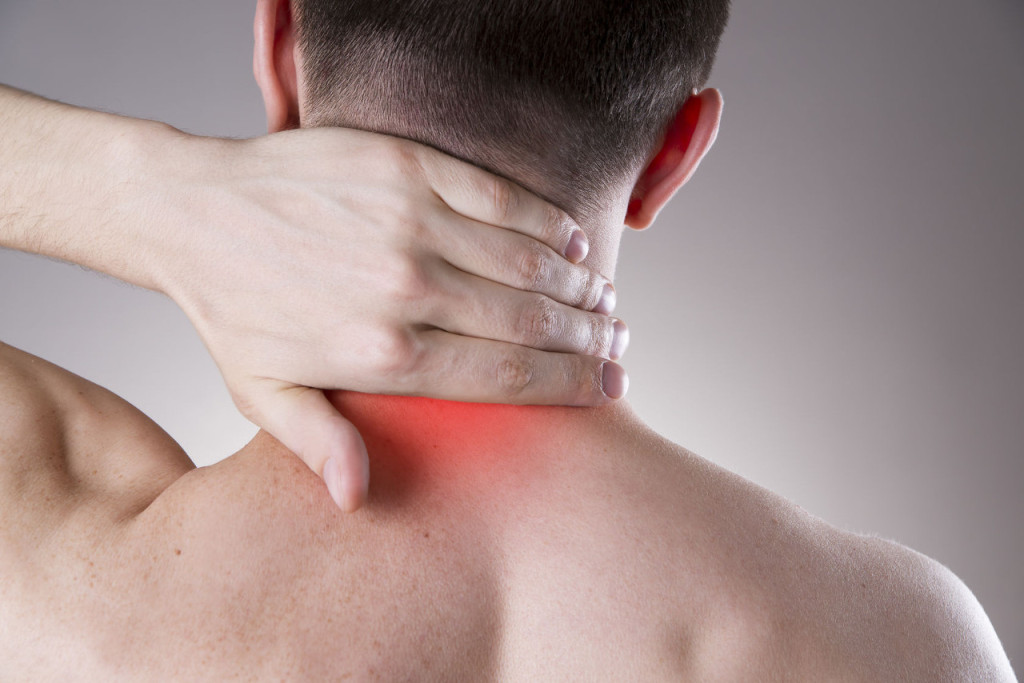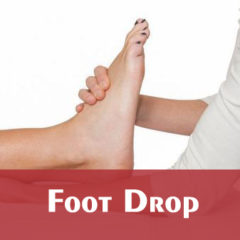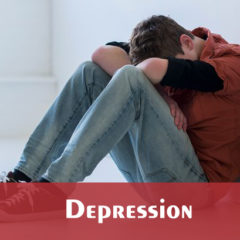Cervical Spondylitis Treatment in Jaipur
REQUEST A CALL BACK
What Is Cervical Spondylosis?
Cervical spondylosis is also called cervical osteoarthritis. It is a condition involving changes to the bones, discs, and joints of the neck. These changes are caused by the normal wear-and-tear of aging. With age, the discs of the cervical spine gradually break down, lose fluid, and become stiffer. Cervical spondylosis usually occurs in middle-aged and elderly people.
As a result of the degeneration of discs and other cartilage, spurs or abnormal growths called osteophytes may form on the bones in the neck. These abnormal growths can cause narrowing of the interior of the spinal column or in the openings where spinal nerves exit, a related condition called cervical spinal stenosis.
Cervical spondylosis most often causes neck pain and stiffness. Although cervical spondylosis is rarely progressive, corrective surgery can be helpful in severe cases.


What Are the Symptoms of Cervical Spondylosis?
The symptoms of cervical spondylosis include:
- Neck stiffness and pain
- A headache that may originate in the neck
- Pain in the shoulder or arms
- Inability to fully turn the head or bend the neck, sometimes interfering with driving
- Grinding noise or sensation when the neck is turned
Symptoms of cervical spondylosis tend to improve with rest. Symptoms are most severe in the morning and again at the end of the day.
If cervical spondylosis results in pressure on the spinal cord (cervical stenosis), it can put pressure on the spinal cord, a condition called cervical myelopathy. Symptoms of cervical spondylosis with myelopathy include:
- Tingling, numbness, and/or weakness in the arms, hands, legs, or feet
- Lack of coordination and difficulty walking
- Abnormal reflexes
- Muscle spasms
- Loss of control over bladder and bowel (incontinence)
Another possible complication of cervical spondylosis is cervical radiculopathy, when bone spurs press on nerves as they exit the bones of the spinal column. Pain shooting down into one or both arms is the most common symptom.





